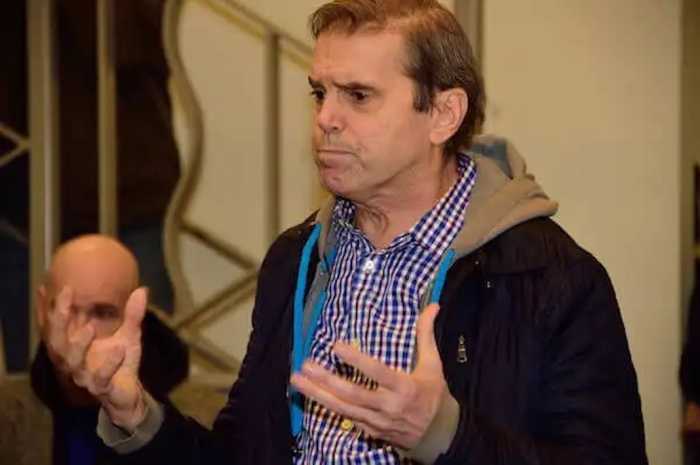Astoria’s community leaders are outraged over a 50-unit condominium development for mentally challenged, homeless people that is currently being constructed in the area.
Councilmember Peter Vallone Jr. has campaigned against the project, which is located at 27th Avenue and 2nd Street, since it was initially proposed in 2008.
“For years I have advocated for better resources in this community,” said Vallone. “A supermarket, grocery store, bank or even book store would have been appropriate and helpful. We can’t sustain the additional strain of a 50-unit development for homeless people with special needs. Astoria’s waterfront is one of the most beautiful stretches in the five boroughs. We should be helping our existing residents with more facilities rather than using state funds for a new development that will only hinder the community.”
Vallone believes that the project’s location contradicts Urban Pathways’ objectives due to the lack of services available in the surrounding community, which the councilmember calls “largely underdeveloped” and “an isolated area.”
Repeated calls to Urban Pathways went unreturned as of press time.
Community Board 1, which represents Astoria, voted against the project on December 16, 2008.
“The immediate community is lacking the necessary services to accommodate the new residents,” said Lucille Hartmann, district manager of Community Board 1. “Currently, the community supports Goodwill Industries, which is about one block east of the new development and contains 202 units for approximately 350 residents. The New York City Housing Authority is also across the street from the development and they house approximately 8,000 residents. The amenities available to the community, such as affordable supermarkets, banks and hospitals, are a minimum of a mile away. Public transportation is also very limited, with only buses.”
Vallone claims that “every community group in Astoria opposes” the plan. He also says that he has made numerous efforts to negotiate with the developers, but that his requests have fallen on deaf ears.
“As the state prepares for massive layoffs, millions of dollars are now being used for an unwanted project in a struggling neighborhood,” Vallone said. “We attempted to discuss a compromise with them – a 15-person community-living residence similar to those that exist everywhere else in Queens – but the state refused to even respond.”
The councilmember estimates that the monetary difference between a 15-person and 50-person development could be as high as $20 million in state funds.
The New York State Office of Mental Health declined to comment regarding the project.
Members of the community appear divided on the issue, with some insisting their neighborhood is not the appropriate setting for the development.
“I’m not happy about it,” said Vanessa Finch, a 40-year-old resident of Astoria Houses, which is located directly across the street from the site. “Nobody is happy to have that in their neighborhood, but what can we do?”
Others appear more accepting of the project and hope the center will help the less fortunate by providing them with shelter.
“We are all humans,” said 25-year-old Alan Hughes, another resident of Astoria Houses. “Everyone has to have a place to live. Who are we to say they can’t live here?”
Additional reporting by Alana Manning.



































